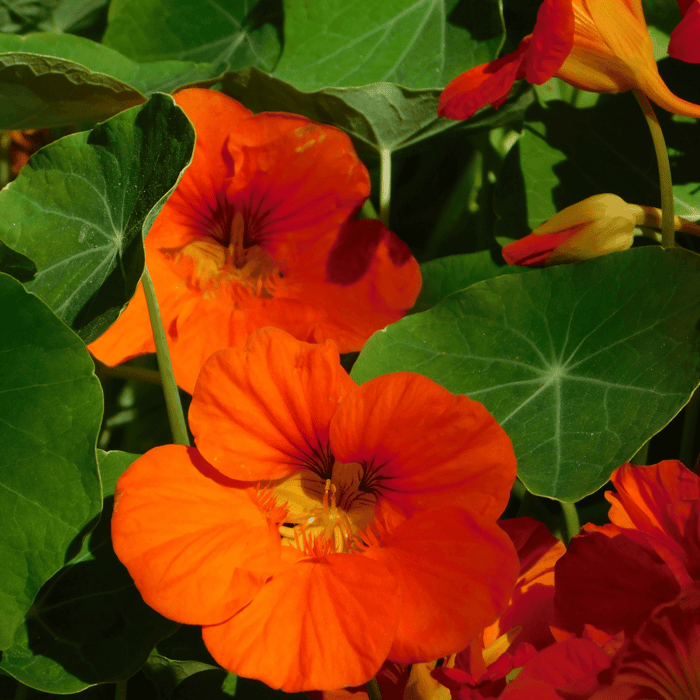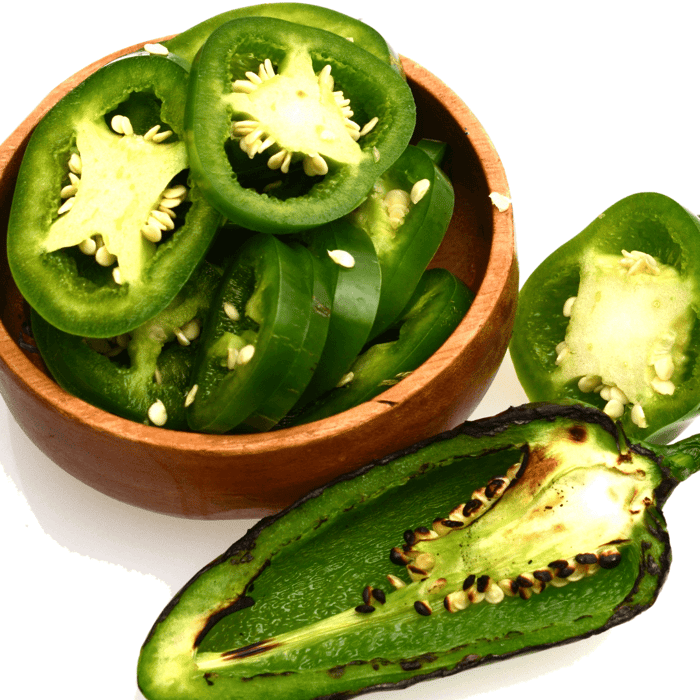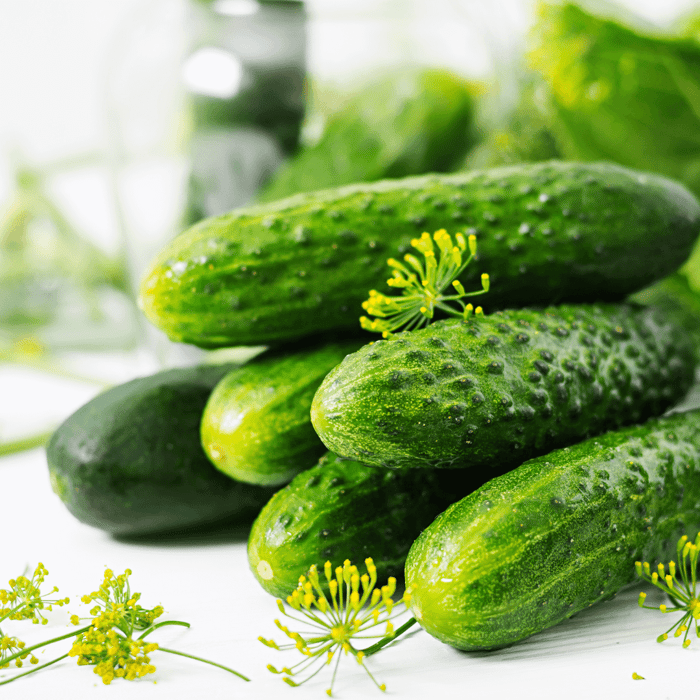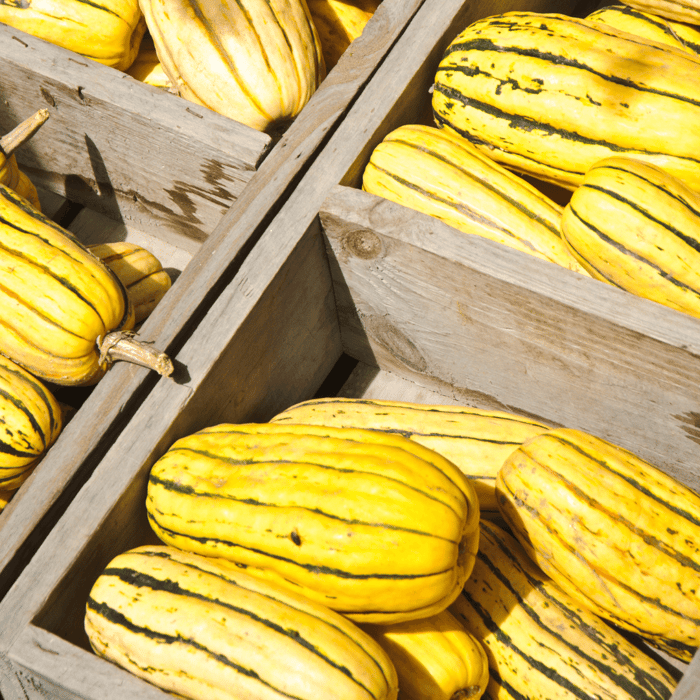If you're looking for an easy-to-grow annual flowering plant that adds color to your garden, look no further than nasturtiums. These beautiful plants are known for their bright, vibrant flowers and trailing foliage, making them an excellent choice for hanging baskets and garden borders. In this article, we'll cover everything you need to know about how to grow nasturtiums, from planting to care and maintenance.
Nasturtium Varieties
In addition to the trailing varieties mentioned earlier, there are many other types of nasturtiums to choose from. Here are a few examples:
- 'Cherry Rose Jewel' has deep pink flowers and variegated foliage.
- 'Moonlight': This variety has pale yellow flowers and light green foliage.
- 'Gleam Hybrids': This variety comes in various colors, including red, orange, and yellow.
- 'Empress of India': This variety has dark green foliage and deep red flowers.
Starting Nasturtium Seeds Indoors
Nasturtiums are easy to grow from seed, and starting them indoors is a great way to give them a head start. Here's how to get started:
- Fill a seed tray or small pots with the seed starting mix.
- Place one or two nasturtium seeds about 1 inch deep in each pot.
- Water the soil well, and cover the jars with plastic wrap or a clear plastic lid.
- Keep the banks in a warm, bright spot like a sunny windowsill.
- After about a week, the seeds should begin to germinate. Once they have grown a few sets of leaves, you can transplant them outside.
Wildflower, Perennial, & Annual Flower Seed Kit | 35 Variety Pack
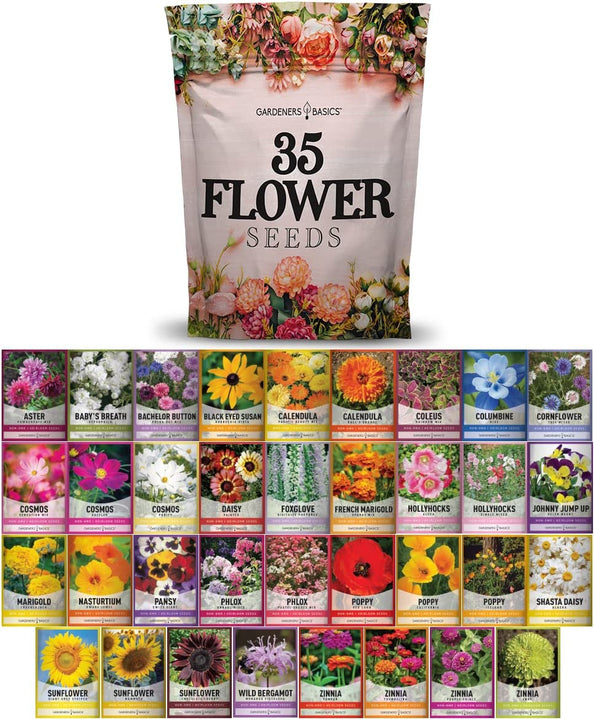
$29.95
$49.95
35 Flower Seeds Variety Pack – Heirloom, Non-Hybrid, Non-GMO, Open-Pollinated – Perfect for Pollinator-Friendly Gardens Transform your garden with our 35 Flower Seeds Variety Pack, offering a stunning and diverse selection of heirloom, non-hybrid, and non-GMO seeds. Each variety in… read more
Planting Nasturtiums Outdoors
Nasturtiums prefer full sun and well-draining soil, but they can also tolerate poor soil. Here's how to plant nasturtiums outdoors:
- Choose a sunny spot in your garden or hanging basket.
- Dig a small hole for each plant, about 1 inch deep.
- Place one seedling in each hole, and cover the roots with soil.
- Water the plants well, and keep them moist until they are established.
Companion Plants for Nasturtiums
Nasturtiums are excellent companion plants for a variety of other vegetables and flowers, including:
- Tomatoes
- Cucumbers
- Radishes
- Lettuce
- Marigolds
- Petunias
Benefits of Growing Nasturtiums
In addition to their beauty and flavor, nasturtiums offer several other benefits for gardeners. For example:
- They attract pollinators like bees and butterflies to your garden.
- They repel pests like aphids and whiteflies, making them excellent companion plants for other crops.
- They are easy to grow and require little maintenance, making them an excellent option for beginner gardeners.
Growing Nasturtiums in Containers
In addition to garden beds, nasturtiums can also be grown in containers like pots and hanging baskets. Here are a few tips for growing nasturtiums in containers:
- Use a well-draining potting mix to prevent waterlogged soil.
- Choose a container with drainage holes to avoid root rot.
- Water regularly, as containers dry out more quickly than garden beds.
- Fertilize once a month with a balanced fertilizer.
- Trim back the foliage and deadhead regularly to encourage continued blooming.
Propagating Nasturtiums
In addition to growing nasturtiums from seed, you can also propagate them by taking stem cuttings. Here's how:
- Cut a 4- to 6-inch stem from a healthy, established nasturtium plant.
- Remove the lower leaves from the stem, leaving only the top few sets of leaves.
- Dip the cut end of the branch in rooting hormone powder.
- Plant the stem in a small pot filled with moist potting mix.
- Keep the soil moist and the plant in a warm, bright spot.
- After a few weeks, the stem should begin to grow roots and can be transplanted into a larger container or garden bed.
Trailing Nasturtium Varieties
Nasturtiums come in various shapes and sizes, but trailing vtypesare is particularly popular for hanging baskets and garden borders. Here are a few trailing nasturtium varieties to consider:
- 'Alaska Mix': This variety has green and white variegated foliage and a mix of bright colors.
- 'Black Velvet': This dark, almost-black variety has deep red flowers and is a striking addition to any garden.
- 'Phoenix': This variety has abundant orange and yellow flowers that bloom all summer.
Wildflower, Perennial, & Annual Flower Seed Kit | 35 Variety Pack

$29.95
$49.95
35 Flower Seeds Variety Pack – Heirloom, Non-Hybrid, Non-GMO, Open-Pollinated – Perfect for Pollinator-Friendly Gardens Transform your garden with our 35 Flower Seeds Variety Pack, offering a stunning and diverse selection of heirloom, non-hybrid, and non-GMO seeds. Each variety in… read more
Care for Nasturtiums
Nasturtiums are easy to care for and require little maintenance. Here are a few tips for keeping your nasturtiums healthy and happy:
- Water regularly, especially during hot, dry spells.
- Fertilize once a month with a balanced fertilizer.
- Deadhead regularly to encourage continued blooming.
- Watch out for aphids, which can be a common pest for nasturtiums.
Using Nasturtiums for Pest Control
As mentioned earlier, nasturtiums can help repel pests like aphids and whiteflies. Here are a few other ways to use nasturtiums for pest control:
- Plant nasturtiums around the perimeter of your garden to create a natural pest barrier.
- Crush nasturtium leaves and mix them with water to create a natural insecticide spray.
- Plant nasturtiums near plants prone to aphids, like roses, to help keep them at bay.
Harvesting Nasturtium Seeds and Seed Pods
Nasturtiums are known for their large, round seeds, which can be harvested for future planting. Here's how to harvest nasturtium seeds:
- Wait until the flowers have faded and the seed pods have turned brown and dry.
- Pick the pods from the plant and allow them to dry completely.
- Once the pods are dry, gently crack them open to reveal the seeds.
- Store the seeds in a cool, dry place until you're ready to plant them.
Using Nasturtiums in the Kitchen
Nasturtiums are not only beautiful but also edible. The leaves, flowers, and seeds of the plant are all edible and have a peppery, tangy flavor. Here are a few ways to use nasturtiums in the kitchen:
- Add nasturtium flowers and leaves to salads for a pop of color and flavor.
- Use nasturtium leaves as a wrap for sushi or spring rolls.
- Pickle nasturtium seeds for a spicy addition to salads and sandwiches.
- Use nasturtium flowers to garnish cocktails or desserts.
Conclusion
Nasturtiums are an easy-to-grow and versatile annual flowering plant that adds beauty and flavor to any garden. Whether you're looking for a trailing variety for your hanging baskets or a vibrant addition to your garden borders, nasturtiums are an excellent choice. You can quickly grow beautiful nasturtiums with the tips and tricks outlined in this article. Happy planting!
How to Grow Nasturtiums Frequently Asked Questions
Q: When should I plant nasturtiums?
A: Nasturtiums can be planted after the last frost date in your area when the soil has warmed up and the weather is consistently warm.
Q: How deep should I plant nasturtium seeds?
A: Nasturtium seeds should be planted about 1 inch deep in the soil.
Q: Do nasturtiums need full sun?
A: Yes, nasturtiums prefer full sun, although they can tolerate some shade.
Q: Can nasturtiums grow in poor soil?
A: Nasturtiums can tolerate poor soil, although they prefer well-draining soil rich in organic matter.
Q: How often should I water my nasturtiums?
A: Nasturtiums should be watered regularly, especially during hot, dry weather. Be careful not to overwater, as this can lead to root rot.
Q: How often should I fertilize my nasturtiums?
A: Nasturtiums should be fertilized monthly with a balanced fertilizer to promote healthy growth and blooming.
Q: How do I deadhead my nasturtiums?
A: To deadhead your nasturtiums, remove any spent flowers by pinching them off at the base of the stem. This will encourage the plant to produce more flowers.
Q: Can I eat nasturtium flowers and leaves?
A: Nasturtium flowers and leaves are edible and have a tangy, peppery flavor. They can be used in salads, sandwiches, and other dishes.
Q: How do I harvest nasturtium seeds?
A: Nasturtium seeds can be harvested once the flowers have faded and the seed pods have turned brown and dry. Simply pick the pods from the plant, allow them to dry completely, and then crack them open to reveal the seeds.



